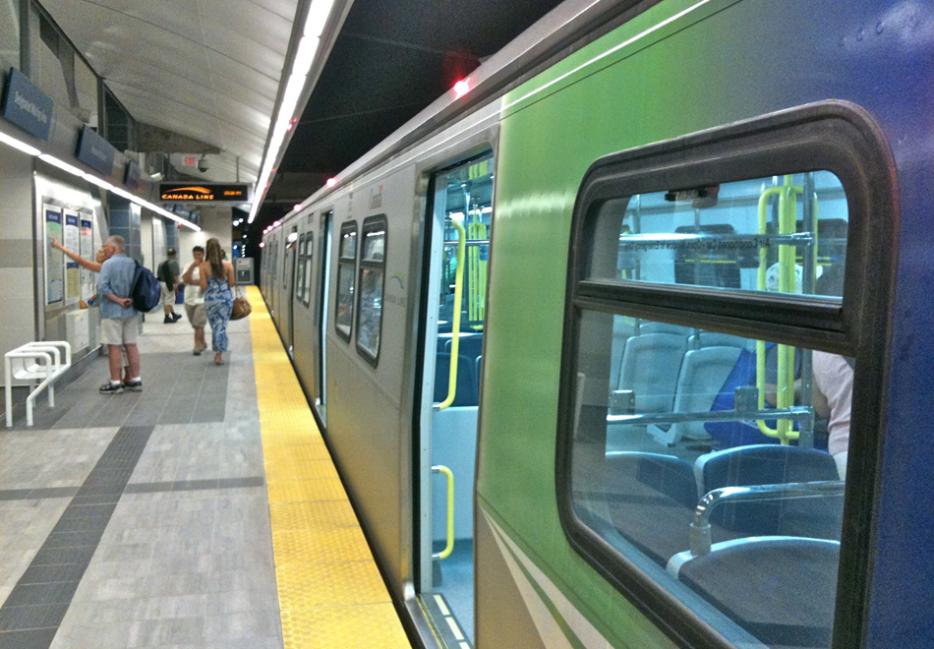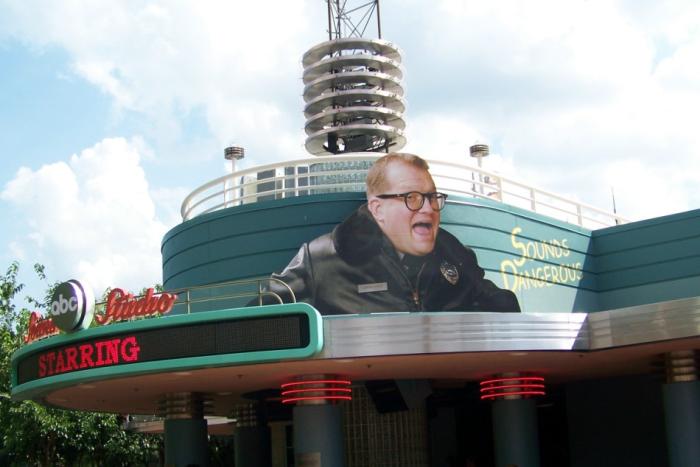The Atlantic’s recently rechristened CityLab has a pair of articles this week talking about one of the inseparable parts of building transit (or really, any) infrastructure in already-settled cities: the people lucky enough to live in places where major investments are made finding themselves priced out of the market the day the new shiny thing comes online. When Vancouver opened its Canada Line, for example, houses along Cambie Street tripled in value.
It seems that the credible commitment to build transit alone (Toronto wonders what that looks like) is enough to set off a major price increase of the land around it, which is either good or bad depending on whether you rent or own. Owners get windfall, unearned profits when they sell their homes; tenants get rapid increases in the cost of living. In poorer neighbourhoods, gentrification follows.
It would almost be right to call this the law of unintended consequences, except this never takes anyone by surprise anymore. In fact, it’s so well-understood that some bright minds keep trying to find some way to invent the city-building equivalent of perpetual motion: funding transit from the uptick in land values that it generates.
It is, however, a problem we still need to grapple with: when we make major investments in our cities, for whom are we building, and why? Former Toronto mayor David Miller’s Transit City plan was explicitly pitched as equal parts transit and social program. LRT lines connecting Toronto’s inner suburbs to the spinal column of the city’s subway system would give poorer communities and visible minorities (but I repeat myself) far better transit than the buses on which they currently rely.
Toronto seems to have basically abandoned that notion, however, in the desperate pleas to build something, anything, for the love of God. But ignoring the problem doesn’t make it go away. If the transit we’re building displaces the people who most need its help, what’s the answer?
This is the part where I repeat myself and say that the answer is to build more housing. As tiresome as that refrain may be, it’s worth pointing out that housing is comparatively cheap relative to the largest transit projects: Toronto’s Eglinton Crosstown will cost more than $8 billion, the Canada line in Vancouver cost $2 billion, but even a relatively paltry few hundred million dollars can add substantial amounts of housing.
(At CityLab, Yonah Freemark cites the example of the Central Corridor Funders Collaborative’s efforts to preserve affordable housing with just $20 million, which basically amounts to a rounding error in any large transit program.)
Publicly funded affordable housing is only part of the answer, of course. Letting the market deliver middle-class housing is a necessary step too, or you end up with absurdities like New York, which prefers to build subsidized apartments for families making almost $200,000 a year.
The answer that won’t work, however, is the one a lot of people seem to imagine when they holler for subways built to their doorstep: a massive, unaccountable transfer of wealth directly to their property values—one that nobody else should be allowed to share in.






